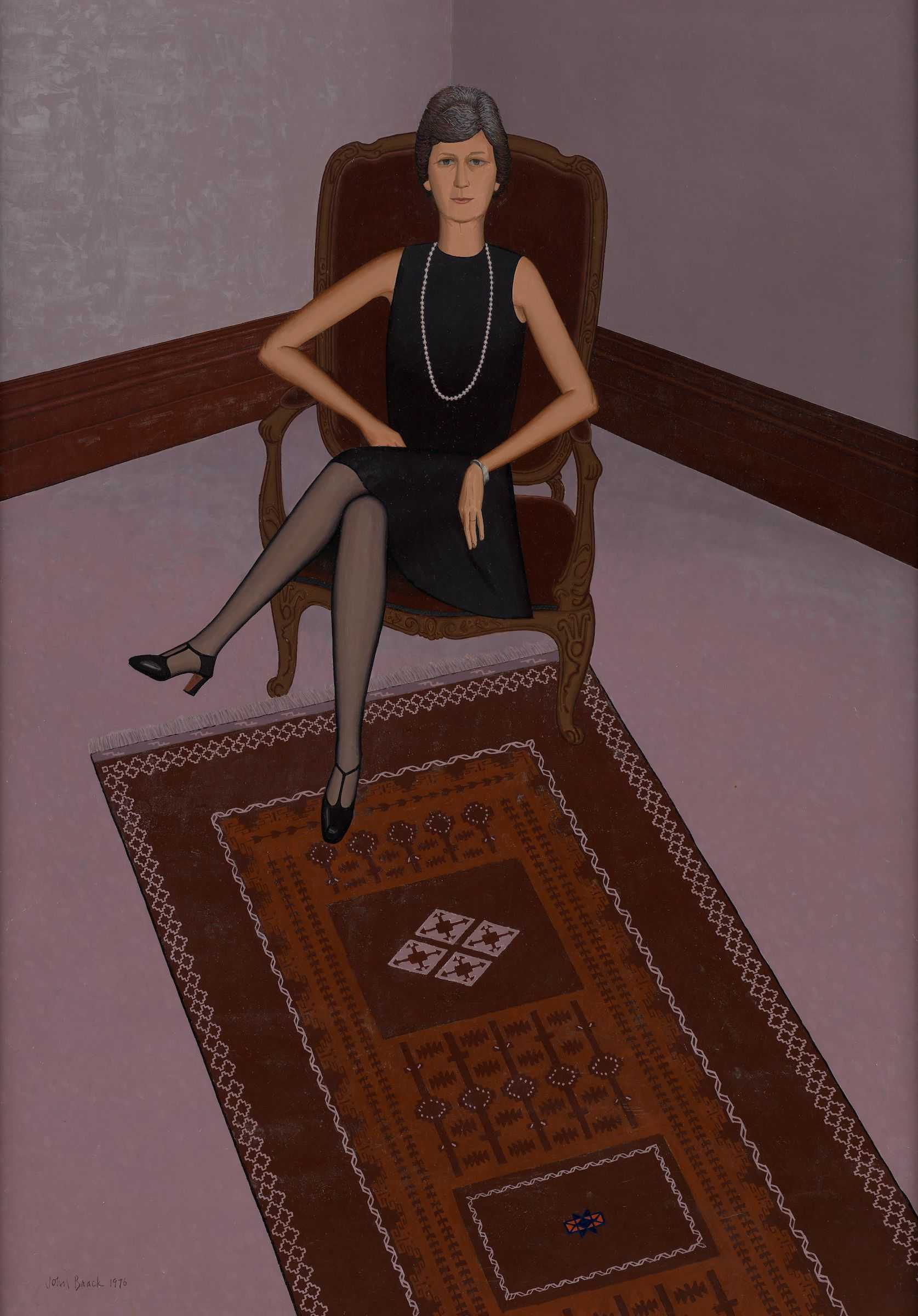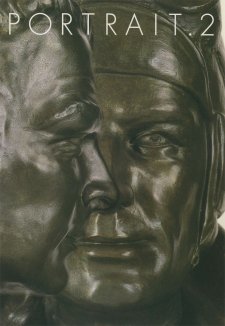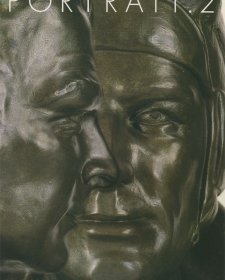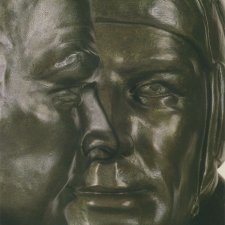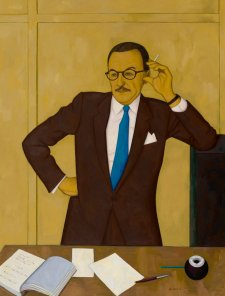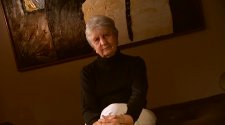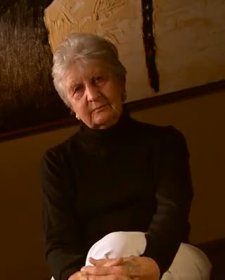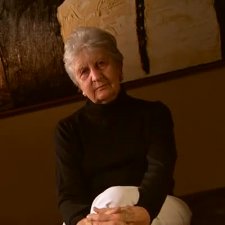John Brack was not known as a portrait painter, yet he painted many distinctive portraits. He rarely painted portraits on commission and the first occasion on which he undertook a private commission resulted in a fine and utterly ‘Brackian’ portrait of the Sydney art-lover and breast cancer specialist Dr Joan Croll AO.
The portrait was commissioned by the sitter’s husband Frank Croll. In November the Croll family generously donated the portrait to the National Portrait Gallery. The portrait is executed in a style that Brack made his own. He was the most severe and unsentimental Australian artist of his generation. He worked out his compositions with great precision through a series of drawings before committing the brush to the canvas.
In the case of this portrait he drew the sitter in pencil over a period of five afternoon sessions in Sydney. He made a close study of the sitter’s head. Returning to Melbourne he proceeded to work out the finely balanced compositional geometries of the painting – the right angled arms creating a diamond that floats against the sitter’s dress and which is, in turn, superimposed on the dramatic diagonals of the skirting boards and carpet. When the composition was substantially painted, Brack invited Joan Croll to Melbourne where he painted her face from life over the course of a weekend.
Brack executed the painting in an almost dour and subdued palette of browns, greys and shades of mauve. Such restraint is characteristic of the artist’s approach, rather than of the sitter, a passionate and engaged person. In addition to her significant work in mammography, Joan Croll is one of the Battlers for Kelly’s Bush and lists social commentary as one of her interests.
The composition of the painting is a variation on a theme Brack used many times from the 1960s onwards, most memorably in a sustained series of drawings and paintings of nudes in the studio. The floor pitches sharply upwards and the subject sits in her own space above a Persian carpet. These Persian carpets are an insistent motif in Brack’s work. I have often wondered whether there are encoded meanings hidden in these carpets. We know Brack was an admirer of Henry James and of that great writer’s tale in which a critic strives, maddeningly and unsuccessfully, to discover the hidden pattern in the novels of his subject Vereker, ‘the string of pearls they were strung on, the buried treasure, the figure in the carpet.’
If there is a ‘figure’ in this carpet might it not be the faintly suggested pattern composed of the symbol of woman – circle, cross, circle, cross? A hint, perhaps of Joan Croll’s passionate advocacy of issues affecting women? Or perhaps the design on the carpet that was really there, just like the chair and the pearls.
